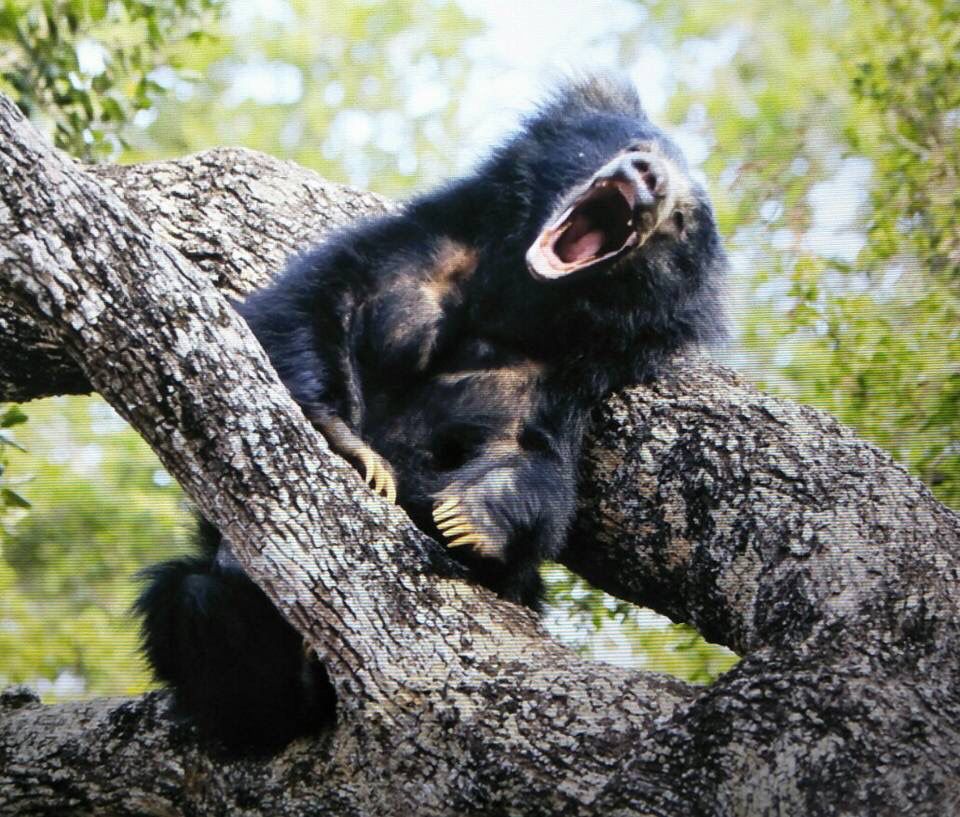Wilpattu National Park, Sri Lanka ‘s largest national park, is a must-visit for nature lovers and safari enthusiasts. This natural sanctuary offers a diverse habitat hosting a wide range of wildlife, providing visitors with a unique and unforgettable sighting experience.
The most notable topographical feature of the national park is a distinctive complex of over 50 wetlands known as Villus, creating an ideal environment for a premier wildlife safari in Sri Lanka. Villus are small natural lakes surrounded by expansive grassy plains and filled with rainwater, nestled in dense forest.
Wilpattu is home to over 600 varieties of flora, including the giant Palu tree, 33 species of mammals, and is also a rich birding area, with over 200 bird species recorded.
The aquatic elements of the park make it one of the best places in Sri Lanka for birdwatching, where you might spot endemic species such as the Sri Lankan woodpecker, Ceylon rose-ringed parakeet, and Ceylon grey hornbill.
The Lord of the Forest: Sri Lankan Leopard
Wilpattu is renowned for being one of the best places in the world to spot the Sri Lankan leopard. These magnificent felines, known for their elegance and agility, gracefully navigate the park’s dense thickets. Spotting a leopard is an exciting moment and a highlight of a safari in Wilpattu.
Despite the reserve having a less concentrated leopard population compared to Yala National Park, leopard sightings are among the most numerous in the country.
Gentle Giants: Asian Elephants
The majestic Asian elephants are a common sight in Wilpattu. These gentle giants roam through grassy expanses and forests, creating memorable spectacles for visitors. Observing elephants in their natural habitat is a touching experience and an indelible safari memory.
Sloth Bear: An Endangered Predator
The Sri Lankan sloth bear, locally known as “kola diviya” in Sinhalese, is the only bear species in Sri Lanka. Characterized by a black coat with a distinctive white “V” on the chest, it has long claws and a predominantly nocturnal lifestyle. It primarily feeds on insects, termites, and honey, using its long tongue to extract food from nests. This species is classified as vulnerable due to habitat loss and conflicts with humans.

Other splendid mammals that can be spotted in the park include spotted deer and sambar, crocodiles, mongooses, water buffaloes, jackals, wild boars, three species of civets, and various monkey species.
Conservation and Preservation
Wilpattu National Park is not just a place to admire the beauty of wildlife but also a conservation center. Through sustainable tourism, the park actively contributes to the protection of natural habitats and raises awareness about wildlife conservation.
With over 20 national parks, Sri Lanka is an excellent destination for wildlife observation. Yala and Wilpattu are two of the most significant national parks in Sri Lanka due to the immense diversity of their native fauna.
A safari in Wilpattu National Park offers an exhilarating journey into the heart of Sri Lanka’s wild nature. With its diverse animal species and the pristine beauty of natural landscapes, Wilpattu promises a sighting experience that will leave a lasting impression on anyone fortunate enough to explore it.











